Gigabyte Z690 Gaming X DDR4 Review
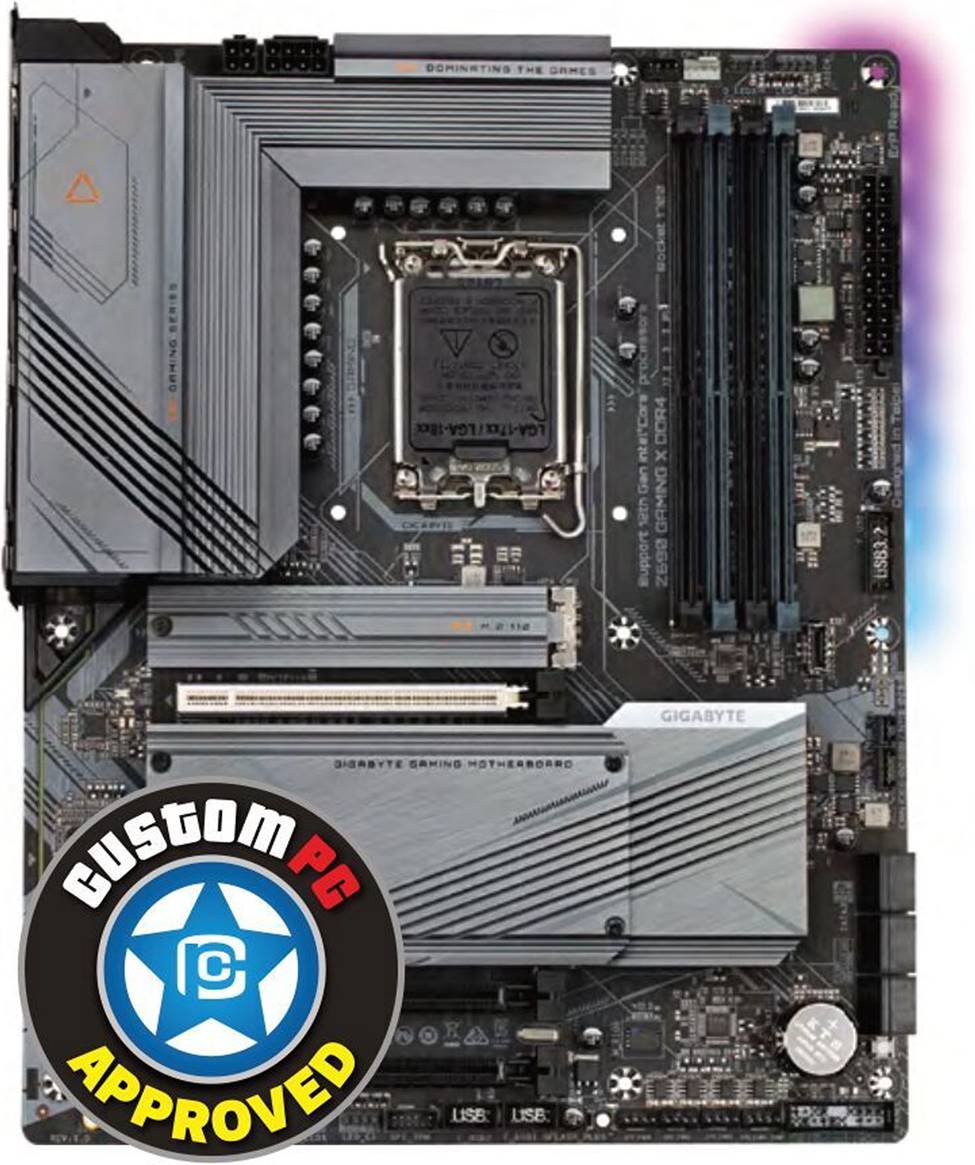
As one of several Z690 boards available that comes in both DDR4 and DDR5 flavours, the Gigabyte Z690 Gaming X gives you the option of jumping on either bandwagon, albeit with specific versions of the board supporting one memory type or the other. We’ve got the DDR4 version in for review here, but if you’re looking to go the DDR5 route for as little cash as possible, then that version actually costs about the same amount of money. Read our Gigabyte Z690 Gaming X DDR4 Review.
It’s a good price too, with our DDR4 model retailing for £ less than the Asus TUF Gaming Z690-Plus WiFi D4. What’s more, we’d pick this board over the pricier Asus model for a few reasons. Firstly, we love the look of its hefty gunmetal grey heatsinks, which are also both large and numerous, covering all of the board’s four PCI-E 4 M.2 ports as well as the 16 CPU power phases. These did a pretty decent job of cooling the VRMs and our PCI-E 4 SSD at 55°C and 53°C respectively.
Sadly, Gigabyte had to cut corners somewhere, so there’s no Wi-Fi, meaning you’ll need to a USB dongle or PCI-E card if you can’t use a wired connection. We have few other complaints though. This budget board includes an integrated I/O shield, as well as a generous total of nine Type-A USB ports, in addition to a USB 3.2 Type-C port, HDMI and DisplayPort outputs, and 2.5 Gigabit LAN. You don’t get the full complement of audio ports, but there’s the added bonus of an optical S/PDIF output in addition to input and output audio jacks. You get six SATA ports as well.
CPU socket Intel LGA1700
Memory support 4 slots: max 128GB DDR4 (up to 5333MHz)
Expansion slots One 16x PCI-E 5, two 16x PCI-E 3
Sound 8-channel Realtek ALC1220 HD Audio
Networking 1 x Realtek 2.5 Gigabit LAN
Cooling Six 4-pin fan headers, VRM heatsinks, M.2 heatsinks
Ports 6 x SATA 6Gbps, 4 x M.2 PCI-E 4,2 x USB 3.1 Type-A, 3 x USB 3,1 x USB 3.1
Type-C, 4 x USB 2,1 x USB 3.1 Type-C header, 1 x LAN,2 x surround audio out
Dimensions (mm) 305 x 244
While there are no thermal probe headers, Gigabyte’s EFI and software does allow you to use temperature inputs other than the CPU to control individual fans. You can also use the software in Windows 11 as well, unlike Asus’ FanXpert software, and unlike MSI’s software, the Gigabyte package allows you to view your VRM temperature within Windows too. For those purchasing the board in future, you also get Gigabyte’s Q-Flash Plus feature (analogous to Asus’ USB BIOS FlashBack), allowing you to update the BIOS without a compatible CPU.
Performance was generally fine, and we were able to hit our usual P-Core overclock to 5GHz and E-Core clock of 4GHz with a 1.36V vcore and loadline calibration enabled. This gave it a big performance boost, with the RealBench system score rising from 280,708 to 303,098 and the Cinebench R23 multithreaded score going from 17,424 to 19,015.
The audio performance was disappointing, given that the Gigabyte uses Realtek’s ALC1220 codec, which normally performs strongly. On this board, however, it could only perform similarly to the ALC897 codec used on the cheaper ASRock Z690 PG Riptide.
Conclusion
Gigabyte gets a lot right with the Gigabyte Z690 Gaming X DDR4, and we have absolutely no problem recommending it or its DDR5 counterpart for a budget-conscious Z690 system. It has a good balance of ports, it looks great and it trumps the Asus TUF Gaming Z690-Plus WiFi D4in a number of areas. It’s a shame about the disappointing audio performance from what’s usually a good codec, but the Z690 Gaming X is otherwise a great Z690 board for this price.
VERDICT
When you purchase through links on our site, I may earn an affiliate commission. Here’s how it works.




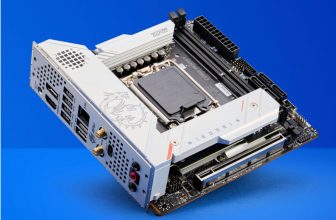
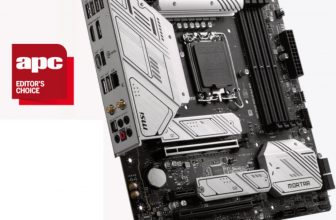
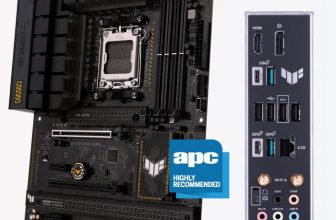
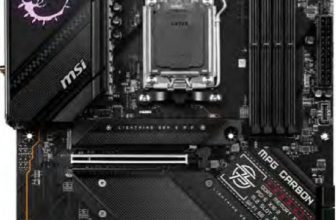
Average number of fan headers
No Wi-Fi
Mediocre on-board audio
Hi there, how do you measure audio? You write some have good and some mediocre, is it within 1-3% difference or how do you know? Thank you